Fall 2025 ENE Course Offerings
The Andlinger Center for Energy and the Environment is pleased to announce the following ENE courses for Fall 2025.
Designing Sustainable Systems: Beating the Heat of Climate Change with New Building Paradigms
Forrest Meggers
ENE 202/ARC 208/EGR 208/ENV 206
The course presents global anthropogenic impacts on the environment and their relationship to sustainable design. It focuses on understanding principles of applied sciences, and how IoT and Digital Fabrication facilitate rapid and deployable sensors and systems to make and analyze designs. Part 1) Global Change and Environmental Impacts: studying influences on basic natural systems and cycles and how we can evaluate them to rethink building design. Part 2) Designing Sustainable Systems: address learned synergies between making buildings more efficient and less prone to disease transmission through alternative heating cooling and ventilation.

Materials for Energy Technologies and Efficiency
Claire White
An introductory course focused on the new and existing materials that are crucial for mitigating worldwide anthropogenic CO2 emissions and associated greenhouse gases. Emphasis will be placed on how materials science is used in energy technologies and energy efficiency; including solar power, cements and natural materials, sustainable buildings, batteries, water filtration, and wind and ocean energy. Topics include: atomic structure and bonding; semiconductors; inorganic oxides; nanomaterials; porous materials; conductive materials; membranes
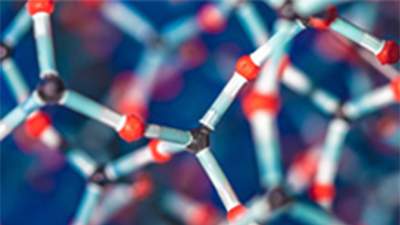
Resource Recovery for a Circular Economy
Z. Jason Ren
The course will focus on emerging science and technologies that enable the transition from our traditional linear economy (take, make, waste) to a new circular economy (reduce, reuse, recycle). It will discuss the fundamental theories and applied technologies that are capable of converting traditional waste materials or environmental pollutants such as wastewater, food waste, plastics, e-waste, and CO2, etc. into value-added products including energy, fuels, chemicals, and food products.
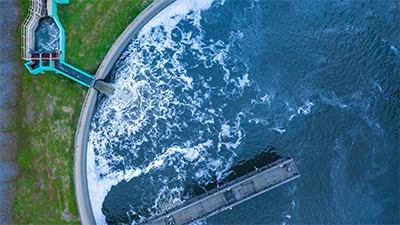
Hydrogen Production, Conversion, Utilization and Storage
Ange Nzihou
The course will cover hydrogen value chain from production to utilization in the context of decarbonization of industry. Hydrogen properties will be introduced. Fundamentals of hydrogen production technologies will be covered such as fuel processing (hydrocarbon reforming) and non-reforming production including biomass gasification, biological methods. Biomass, algae, plastic and coal feedstocks will be considered. Hydrogen conversion to energy, chemicals and utilization, will be developed. Storage technologies will be discussed. Emphasis will be on understanding reaction mechanisms as well as performance indicators to compare technologies.
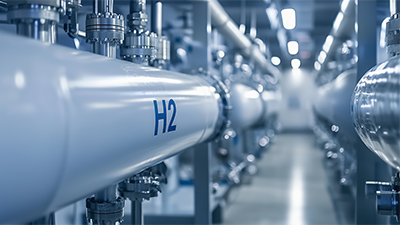
Membrane Separations for Energy and the Environment
Ryan Kingsbury
This course explores the fundamentals and applications of selective membrane technology to water purification, waste treatment, and clean energy processes. The course comprises three sections covering 1) low-pressure (ultrafiltration or microfiltration), 2) high-pressure (nanofiltration and reverse osmosis) and 3) ion exchange membranes. In each section, we will review one or more specific applications of that type of membrane to water, wastewater, or energy, and discuss the primary mechanisms by which the membranes accomplish filtration, connections between membrane chemistry, morphology, and performance, and basic process design principles.
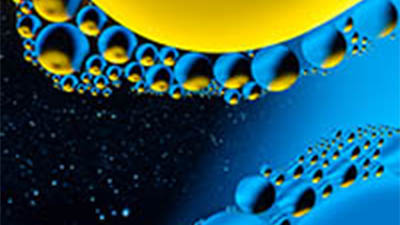
Applied Optimization for Energy Systems Engineering
Jesse Jenkins
In this course students learn practical applications of optimization methods in energy systems engineering. Students also gain familiarity with techniques via survey of canonical problems in power systems operations and planning. The course teaches practical model development, including formulation and implementation of linear and mixed integer programs in an algebraic programming language. The second half surveys advanced topics, including: managing dimensionality in large-scale problems, technology evaluation, policy evaluation, decision making under uncertainty, and multi-objective optimization.

Special Topics in Environmental Engineering and Water Resources: Drinking Water Decarbonization
Angela Fasnacht
The course explores the latest advancements in decarbonizing water treatment and revolutionizing the approach to this critical sector. Focused on addressing challenges posed by climate change, the course provides an overview of cutting-edge techniques and policies to reduce carbon emissions and enhance water treatment processes’ sustainability. Students gain practical experience building an interactive database to organize and analyze research findings and have the opportunity to present their research at a real conference. Industry leader guest lecturers will share valuable insights and real-world examples of decarbonization in action.

ENE Cross-listed Courses for Fall 2025
Green and Catalytic Chemistry
Michele Sarazen
This course will use green chemistry and engineering principles to assess the catalytic production of fuels and chemicals. Historical context for current processes will be given to contrast available routes for conversions using alternative, more sustainable feedstocks, and processes. These case studies will also serve as platforms for the fundamentals of heterogeneous acid and metal catalysis, including techniques of catalyst synthesis and characterization, as well as an understanding of how reactions occur on surfaces.

Environmental Fluid Mechanics
Elie Bou-Zeid
The course starts by introducing the conservation principles and related concepts used to describe fluids and their behavior. Mass conservation is addressed first, with a focus on its application to pollutant transport problems in environmental media. Momentum conservation, including the effects of buoyancy and earth’s rotation, is then presented. Fundamentals of heat transfer are then combined with the first law of thermodynamics to understand the coupling between heat and momentum transport. We then proceed to apply these laws to study air and water flows in various environmental systems, with a focus on the atmospheric boundary layer.
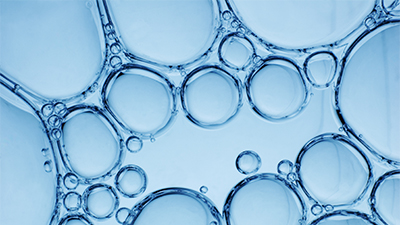
Solid-State Physics I
Mansour Shayegan
An introduction to the properties of solids. Theory of free electrons–classical and quantum. Crystal structure and methods of determination. Electron energy levels in a crystal: weak potential and tight-binding limits. Classification of solids–metals, semiconductors and insulators. Types of bonding and cohesion in crystals. Lattice dynamics, phonon spectra and thermal properties of harmonic crystals.
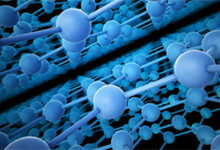
The Habitable Planet
John Higgins
This course introduces solid Earth system science, quantifying underlying physical and chemical processes to study the formation and evolution of Earth through time. We discuss how these processes create and sustain habitable conditions on Earth, including feedbacks and tipping points as recorded in the geologic record. Topics include stellar and planetary formation, plate tectonics, seismology, minerals/rocks, the geologic timescale, natural resources, the hydrologic cycle and sedimentation, paleoclimatology, and the “Anthropocene.” Students will apply these topics to the recent past to assess human impact on the environment.

Thermodynamics
Kelsey Hatzell and Daniel Nosenchuck
Heat and work in physical systems. Concepts of energy conversion and entropy, primarily from a macroscopic viewpoint. Efficiency of different thermodynamic cycles, with applications to everyday life including both renewable and classical energy sources. In the laboratory, students will carry out experiments in the fields of analog electronics and thermodynamics.

Optics and Lasers: Building and Understanding Optical Systems
Julia Mikhailova
The course introduces fundamentals of optics, lasers, and Fourier transforms through lectures and hands-on activities. The topics include ray and wave optics, imaging and image processing, optical Fourier transforms, principles of lasers, and applications in nuclear fusion for renewable energy, environmental sensing, space exploration, ultrafast metrology, chemistry, and physics.

Heat Transfer
Daniel Nosenchuck
This course will cover fundamentals of heat transfer and applications to practical problems in energy conversion and conservation, electronics, and biological systems. Emphasis will be on developing a physical and analytical understanding of conductive, convective, and radiative heat transfer. Numerical methods will be introduced to simulate a variety of steady and unsteady heat transfer applications and will form the basis of the final project.
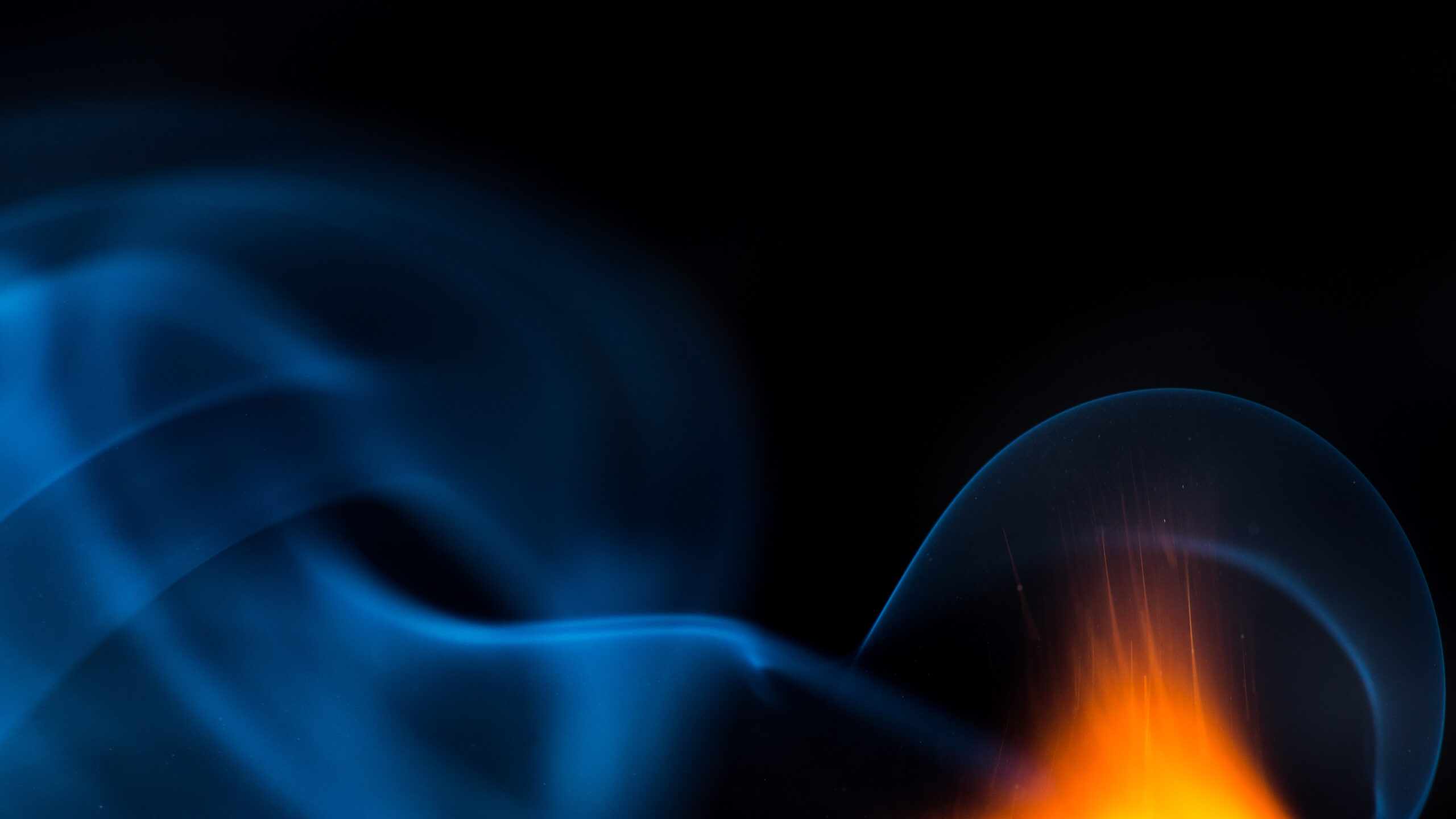
Combustion & Plasma
Yiguang Ju
The course will give lectures on fuels and engine performance, chemical equilibrium, combustion kinetics, flames, ignition and burning limits, turbulent combustion and detonation transition, and pollutant emissions. In addition, it introduces physics and chemistry of plasma and discusses plasma assisted combustion, plasma-assisted green fuel synthesis. Finally, combustion and plasma modeling as well as in situ diagnostics are introduced. Focus is placed on hydrogen, syngas, ammonia, hydrocarbons, and oxygenated fuels.
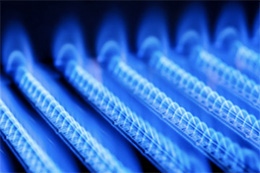
Energy and Commodities Markets
Ronnie Sircar
This course is an introduction to commodities markets (oil, gas, metals, electricity, etc.), and quantitative approaches to capturing uncertainties in their demand and supply. We start from a financial perspective, and traditional models of commodity spot prices and forward curves. Then we cover modern topics: game theoretic models of energy production (OPEC vs. fracking vs. renewables); quantifying the risk of intermittency of solar and wind output on the reliability of the electric grid (mitigating the duck curve); financialization of commodity markets; carbon emissions markets. We also discuss economic and policy implications.
